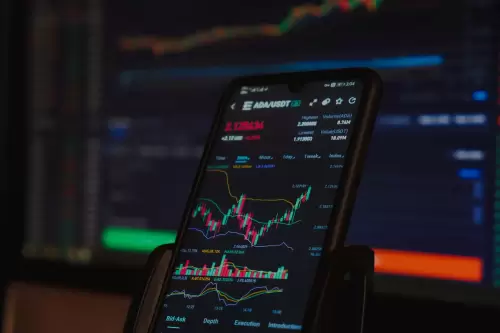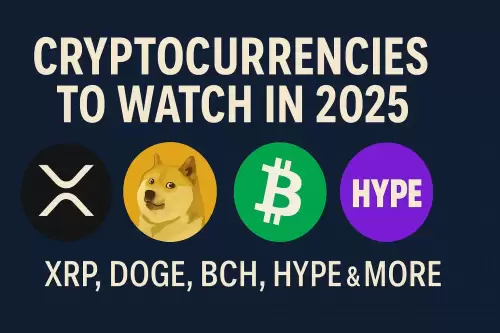Ethereum's volatility is nothing new, but with rising borrowing rates and market shifts, are new risks emerging for the crypto giant? Let's dive in.

Ethereum's Wild Ride: Navigating Volatility and New Risks
Ethereum, the darling of DeFi and NFTs, has always been known for its, shall we say, *spirited* price action. But with recent market shifts and rising concerns, it's time to ask: are we entering a new era of volatility and risk for the world's second-largest cryptocurrency?
ETF Inflows Signal Institutional Confidence
Let's start with the good news. As of July 23, Ethereum-based ETFs have seen a whopping $332 million in new inflows over 14 consecutive days. BlackRock's iShares Ethereum Trust (ETHA) is leading the charge, snagging $325 million of that total. This surge suggests that big players are increasingly seeing Ethereum as a legitimate and liquid asset. They're drawn to its role as the backbone for dApps, DeFi, and the whole NFT shebang.
Bitcoin's Blues: A Shift in Institutional Appetite?
Meanwhile, Bitcoin spot ETFs are singing a different tune, recording $85.9 million in outflows on the same day. While Bitcoin remains the king of crypto market cap, this divergence hints at a possible shift in institutional interest towards Ethereum. Factors driving this include Ethereum's ongoing tech upgrades (like the energy-efficient proof-of-stake model) and its expanding ecosystem.
The Borrowing Rate Buzzkill
Now for the not-so-sunny side. Borrowing costs for wETH on platforms like Aave have been skyrocketing since early July. Utilization rates have jumped from 86% to a near-saturation point of 95%. This makes borrowing less profitable, potentially triggering a rapid unwind of positions, forced liquidations, and liquidity withdrawals. As Markus Thielen notes, these rising borrowing costs can make borrowing ETH unprofitable.
Historical Context: The 'Ethereum is Dead' Narrative
It's worth remembering that Ethereum has faced doomsayers before. Back in 2017, some folks were listing all sorts of reasons why Ethereum was doomed. Network congestion, lack of use cases, high volatility – the whole shebang. Back then, ETH was trading around $281.80. Today? It's hovering around $3,600, proving that Ethereum has a knack for surviving (and thriving) despite the naysayers.
A Word of Caution: Q3 Historically Weak
Historically, Q3 tends to be the weakest quarter for Ethereum, averaging around +8.19% compared to Q4's +22.59% (since 2013). So, while the ETF inflows are encouraging, history suggests we might be in for a bumpy ride.
My Take: Innovation Outweighs Short-Term Volatility
While the rising borrowing rates and historical trends raise valid concerns, I believe Ethereum's long-term potential remains strong. The continuous development and expansion of its ecosystem, coupled with growing institutional adoption through ETFs, suggest that Ethereum is more than just a fleeting trend. It's a foundational technology with the potential to reshape finance and other industries. The recent ETF inflows demonstrate this point clearly, signaling a shift toward use-case-driven crypto investments.
Final Thoughts
So, is Ethereum facing new risks? Absolutely. Is it going to zero tomorrow? Probably not. As always, buckle up, do your own research, and remember that in the world of crypto, volatility is just part of the fun. Now, if you'll excuse me, I'm off to check my portfolio... and maybe pour myself a stiff drink.














































































